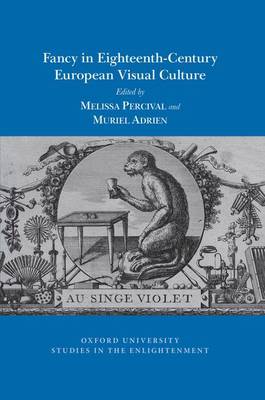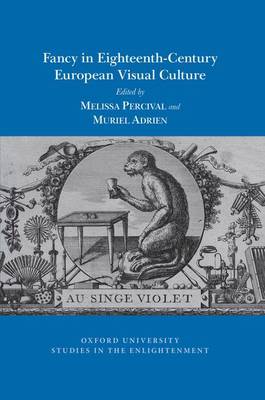
- Retrait gratuit dans votre magasin Club
- 7.000.000 titres dans notre catalogue
- Payer en toute sécurité
- Toujours un magasin près de chez vous
- Retrait gratuit dans votre magasin Club
- 7.000.0000 titres dans notre catalogue
- Payer en toute sécurité
- Toujours un magasin près de chez vous
Fancy in Eighteenth-Century European Visual Culture
Description
Fancy in the eighteenth century
was part of a rich semantic network, connecting wit, whimsicality, erotic
desire, spontaneity, deviation from norms and triviality. It was also a contentious term, signifying excess,
oddness and irrationality, liable to offend taste, reason and morals. This
collection of essays foregrounds fancy - and its close synonym, caprice - as a
distinct strand of the imagination in the period. As a prevalent, coherent and enduring concept in aesthetics
and visual culture, it deserves a more
prominent place in scholarly understanding than it has hitherto occupied. Fancy is here understood as a type of creative output
that deviated from rules and relished artistic freedom. It was also a mode of
audience response, entailing a high degree of imaginative engagement with
playful, quirky artworks, generating pleasure, desire or anxiety. Emphasizing
commonalities between visual productions in different media from diverse
locations, the authors interrogate and celebrate the expressive freedom of
fancy in European visual culture. Topics
include: the seductive fictions of the fancy picture, Fragonard and galanterie, fancy in drawing manuals,
pattern books and popular prints, fans and fancy goods, chinoiserie, excess and virtuality in garden design, Canaletto's
British 'capricci', urban design in Madrid, and Goya's 'Caprichos'.
Spécifications
Parties prenantes
- Editeur:
Contenu
- Nombre de pages :
- 325
- Langue:
- Anglais
- Collection :
- Tome:
- n° 2020
Caractéristiques
- EAN:
- 9781789620030
- Date de parution :
- 13-04-20
- Format:
- Livre broché
- Format numérique:
- Trade paperback (VS)
- Dimensions :
- 156 mm x 233 mm
- Poids :
- 635 g

Les avis
Nous publions uniquement les avis qui respectent les conditions requises. Consultez nos conditions pour les avis.





